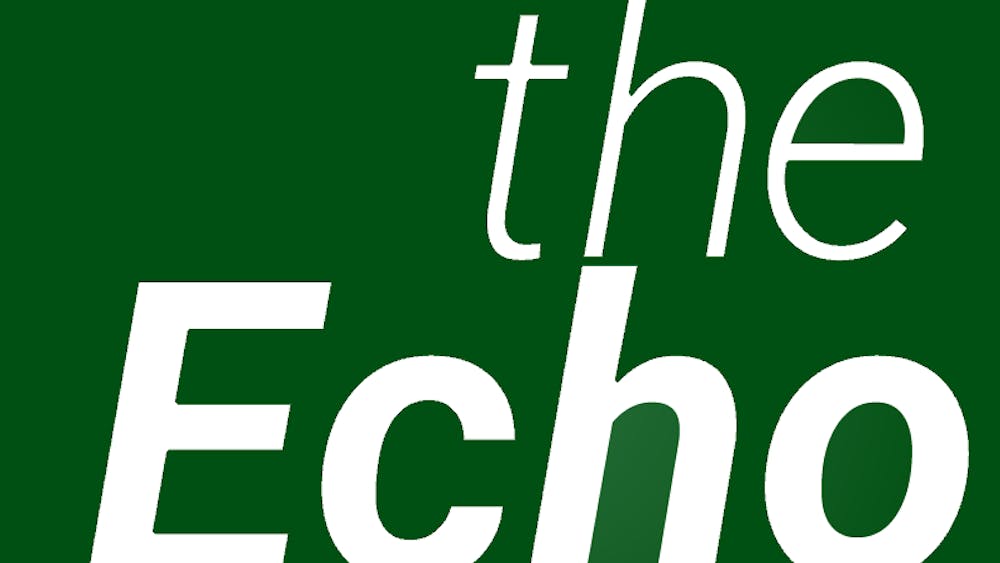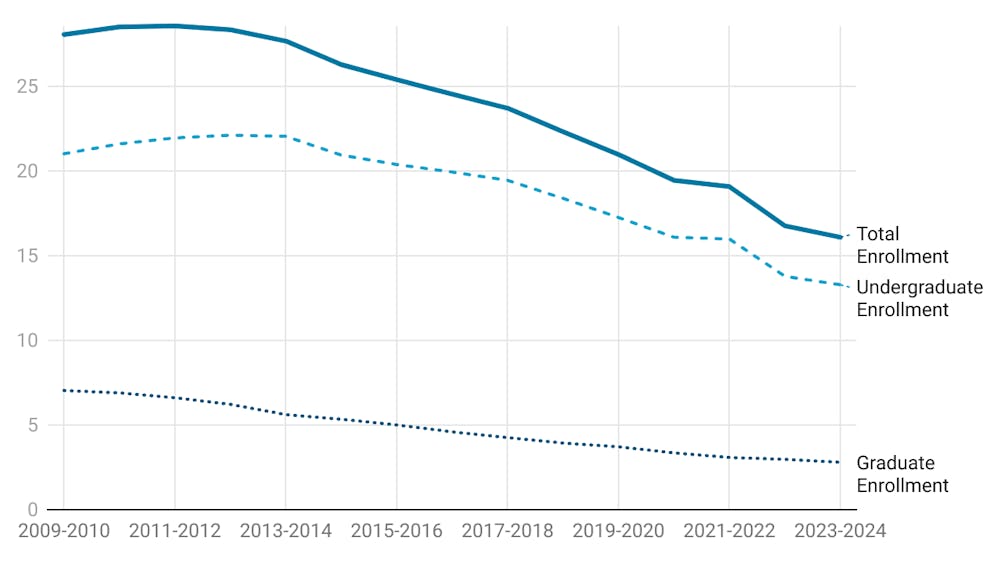The conditions surrounding the COVID-19 pandemic, including restrictive government policies and a crashing economy, create fertile ground for conspiracy theories. This may be eased by the online nature of socialization and information dissemination.
I’ve personally seen way too much mis- and disinformation about the coronavirus on my various social media feeds. Perhaps the most prevalent piece of this is the viral “Plandemic” video, which had been circulating on Facebook via a Youtube link until the platforms decided to axe the video due to safety concerns.
Much of what was included in the video was an extended interview with Judy Mikovitz, a figure in the anti-vaccination movement who has produced unsubstantiated claims about vaccinations and had a quite rocky career as a researcher and activist. Because a quick Google search can bring up her records and quickly debunk some of the foundational claims in the video, it’s a bit disheartening that it gained so much popularity. However, while I was on board with them removing the video, I recognize that the video’s removal may hurt more than help matters regarding public distrust in elites’ handling of COVID-19.
“Plandemic,” or its claim that the pandemic was orchestrated by a malicious government and health department, is one of many conspiracy theories circulating about COVID-19 in this time of uncertainty, but it is not the strongest. The strongest and most circulated theory is about disinfectant, a claim/theory echoed by President Trump himself; this one is so disproportionate that Axios removed it from its data chart in order to show the other theories to scale.

Most experts and sources say that conspiracy theories are appealing because they offer a relatively simplistic and straightforward explanation for things their believers don’t - or don’t want to - understand. Nuanced explanations are often taxing and, in some cases, boring. This opens the door for people to find explanations with more accessible and convincing appeal, especially if these explanations reinforce their preconceptions.
Conspiracy theories are simply compelling, and a near majority of Americans believe in at least one. An Axios study found that in their nationally representative survey, a majority of respondents claimed to believe in at least one of the 22 conspiracy theories they were prompted with.
J. Eric Oliver and Thomas J. Wood, in an article featured in the American Journal of Political Science titled “Conspiracy Theories and the Paranoid Style(s) of Mass Opinion,” found that half of Americans consistently believe in at least one conspiracy theory by analyzing data from four nationally representative surveys between 2006 and 2011. They also found that while some researchers find conspiracism to be a feature of right wing politics, political conservatism, authoritarianism, and political ignorance were not major factors in whether someone endorsed a conspiracy theory. Conspiratorial politics, it turns out, is a widespread tendency across the entire ideological spectrum.
Apart from ideology, these researchers found conspiratorial politics to be driven more by human behavior and belief in the religious or occult. Common characteristics of conspiracies are that unusual phenomena are claimed to arise from intentional, malicious forces, and that mainstream accounts of these phenomena are either a hoax or a distraction. Conspiracy theories also involve an attempt to interpret complex phenomena as a sort of battle between good and evil, where the believer’s group attachments play a sizable role. This is why partisan conspiracies have such strong appeal and support, although partisanship doesn’t necessarily drive conspiratorial beliefs itself.
Conspiratorial politics also aren’t a result of political naivete or ignorance, as those who tended to be more politically knowledgeable were no less susceptible to their appeal. The strongest predictor of whether one is to believe in a conspiracy is previous conspiratorial ideation, which usually hinges on two psychological phenomena.
The first is that unexplained and complex phenomena tend to be boiled down to more simplistic, intentional, and malicious forces.
The second is that narratives of good versus evil are quite popular in American discourse and are especially present in religious and populist rhetoric.
The inclination towards attributing malicious intention to unexplained phenomena and processing political information as forces of good versus forces of evil, then, explains how Americans are so captured by conspiracism.
These conspiracies thrive with the internet as a tool, but there is no indication that the internet drives the conspiracies themselves. Often, it can place a natural ceiling on the belief in certain conspiracies; such is true with the Kennedy assassination conspiracism.
While coronavirus conspiracy theories aren’t as popular as theories involving “the 1 percent” and Jeffrey Epstein’s supposed suicide, they may not have reached their ceiling. Those that center on intentional, malicious forces, such as “Plandemic,” the idea that the virus has been exaggerated to hurt President Trump’s chances at reelection, and the idea that the virus was created and spread on purpose as a bioweapon, most likely hold water because they offer simplistic explanations of malicious, intentional forces in an intriguing narrative of good versus evil.
These kinds of conspiracy theories involving public health will likely continue, just as those involving vaccinations and 5G technologies have. In some cases, the internet-sanctioned public debates on these conspiracy theories may present a natural ceiling. In others, actors like Facebook and Youtube may be forced to intervene if their administrators believe conspiracies at this scale pose a threat to public health and safety, potentially fueling more conspiracism.
In any case, attributing malice to those who believe in these theories is mostly unhelpful, especially given the susceptibility of the larger American public to conspiracism. While questioning and assessing these narratives is necessary, demonizing those who hold conspiratorial beliefs is mostly unhelpful; they’re searching for answers, too.
The best way to navigate popular conspiracy theories, then, is to approach it from the understanding that these theories are a mostly natural phenomenon and that people aren’t necessarily wrong to endorse some of them. They may be factually incorrect, but they are not behaviorally out-of-bounds.
Further, popular conspiracy theories should be approached with the knowledge that public debate itself can put a ceiling on conspiracy theories. Facebook and Youtube may have added fuel to the conspiratorial fire by removing the “Plandemic” video.
Additionally, the COVID-19 crisis is relatively new, and the trajectory of these theories is still unknown. They may fizzle out, or they may find more fertile ground. Approaching them productively, and with this knowledge of human psychology, can be helpful both to media platforms and the government.










